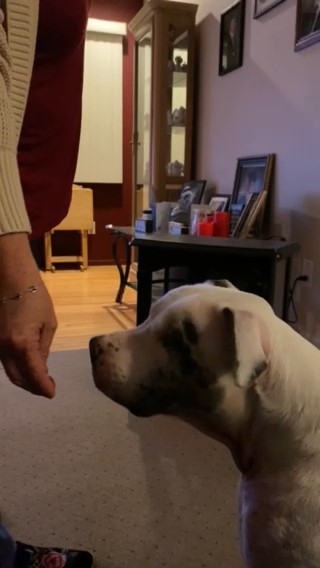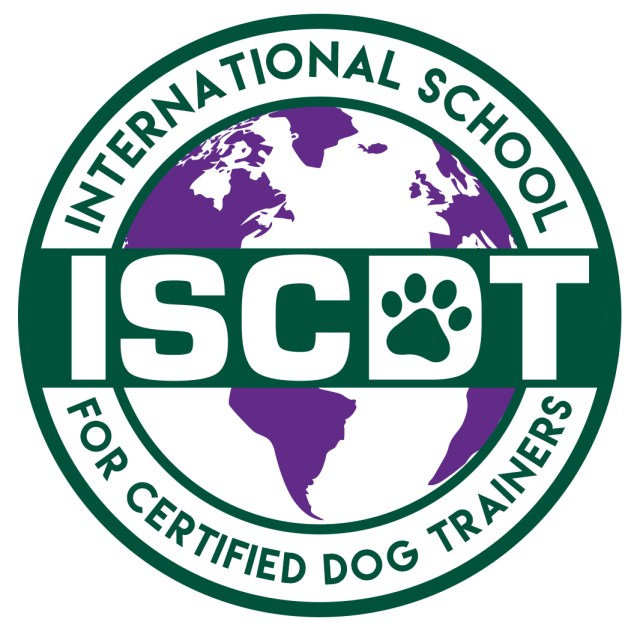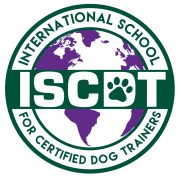Teaching a dog to take treats gently not only reduces the likelihood of being nipped, it teaches dogs impulse control. There are various techniques used by trainers to teach dogs to take treats gentle. I am going to begin by sharing methods I use. While my favorite methods work well in most instances, there are some dogs who benefit from a different technique. So, I’ll briefly describe some others too.
In our last blog post we provided reasons why dogs take treats rough. In that post, I describe simple technics that will help a dog take treats softer, so I encourage you to read that post too.
Verbal cue
‘Easy’ and ‘gentle’ are two words people use while teaching dogs to take treats softer. I prefer not to assign any verbal cues, because I expect the dog to consistently take food gently, without the need for a verbal cue.
Practice by holding food in your fist
- Place a low-value food in the palm of your hand.
- Close your hand into a fist. Place your hand at your side and move it straight ahead (toward the dog’s mouth). Refrain from lowering the food from above the dog’s head.
- Dogs may wrap their mouth around your hand or gnaw your hand during this exercise. They may also scratch your hand with the front paws or muzzle punch* your fist.
- Do not move your fist away from the dog. Keep your hand still and balled up until this behavior stops.
- If it is too painful to keep your hand still, consider wearing a glove during this exercise.
- When the dog stops exhibiting the behavior described in #3 and starts licking your hand, smelling your hand or when they move away from the hand, mark the behavior** and open your hand so the dog can eat the food out of the palm of your hand. Slightly cup your hand so the food doesn’t fall as the dog eats it.
- Repeat this behavior.
- Once the dog learns to take the low-value food out of your hand gently, practice with a higher-value food. Continue raising the value of the food, until the dog gently takes all food from your hand.
- If the dog aggressively eats the food once you open your hand, back your hand away from the dog (straight away and not in an upward motion) and either close your fist or place a finger over the food to prevent the dog from eating it. Then repeat the first several steps outlined in this exercise.
Note: This method works best after the dog has eaten and with little distraction. A dog who is not hungry will grasp the concept quicker than a dog who is hungry or stressed.
Practice with an open, flat hand
- Place the food between your pointer and middle fingers and hold it in place with your thumb.
- Place your arm by your side
- Move the hand holding the treat straight toward the dog rather than coming down from above the head.
- The dog may gnaw at your hand, scratch your hand with his paw, or muzzle punch* your hand.
- Keep your hand still and secure the treat until this behavior stops. Wear a glove if the dog hurts your hand.
- When the dog gives up on the behavior described in #4, and instead licks your hand, smells it without nipping or when the dog moves away, mark the behavior**, release the treat from between your fingers, move your thumb out of the way and allow the dog to eat the treat. Slightly cupping your hand will prevent food from flying around while the dog eats it.
- If the dog is overzealous when removing the treat from your hand, block it so the dog cannot eat the treat. This may require you to slightly move your hand back from the dog. Refrain from lifting your hand in an upward motion.
Note: Repetition and consistency are key when you teach a dog a new behavior. If you struggle with these exercises, practice when the dog is full (after a meal) and with lower value treats.

Until the dog learns to take treats properly, children and people living outside your home should refrain from feeding your dog by hand.
*A muzzle punch is when the dog bumps your hand with a closed mouth. The intensity of a muzzle punch can range from a soft poke to a more intense push.
**If you are not familiar with marking a behavior, we invite you to visit ISCDT’s blog for lessons on charging the mark and marker training. If you prefer, you can listen to our podcast, Paws, Reflect and Learn with Katie, Episode 1 and Episode 2, to learn about charging the mark and marking a behavior.
Alternate training methods:
Method One:
- Hold the food in your closed fist, an open hand or between your fingers.
- If the dog nips or comes at you with an open mouth, pull your hand away.
Note: I have seen this technique used many time. While this technique prevents the dog from endlessly gnawing on your skin, pulling your hand or fingers away as the dog closes his teeth on your hand can cause a tear in the skin.
A tear in the skin is typically not caused by the dog putting his teeth on you, instead pulling any body part out of the dog’s mouth can lead to a scratch caused by the teeth.
Repeatedly pulling the food away in a quick, upward motion, may end with the dog lunging harder and faster at your hand to get the food before you take it away. If you hold the food over your head or by your shoulders, the dog may jump on you in an attempt to grab the treat.
If you use this technique, move your hand straight back from the dog’s mouth rather than in an upward, sweeping motion.

Method Two:
Drop food on the floor rather than feeding the dog by hand.
There are instances where I will have clients follow this technique. Primarily when working with children and/or people who are truly afraid to feed dogs by hand.
You have to be careful that the food isn’t thrown or tossed across the room. Again, this action could cause dogs to move quicker to get the food before it scatters on the floor, especially if other dogs are present. It can also cause too much excitement for dogs.
I try not to use this technique, however, when I must use it, I instruct clients to drop the food at their feet rather than tossing or throwing it. I much prefer these clients reward their dog with scoop of peanut butter on a spoon or feed their dog from a food tube.
Teaching your dog to properly take treats from your open hand, not only reduces the chance of injury, it teaches your dog self control. Dogs should only receive rewards when they exhibit appropriate behavior.

Written by: Katie McKnight

ISCDT’s self-paced, 18-lesson, online course prepares you for a new career as a dogtrainer. Your personal mentor helps build your skill through written assignments and video submissions of you working with dogs. Visit ISCDT’s website to learn more: https://iscdt.com/product/iscdt-certified-dog-trainer-course/…

